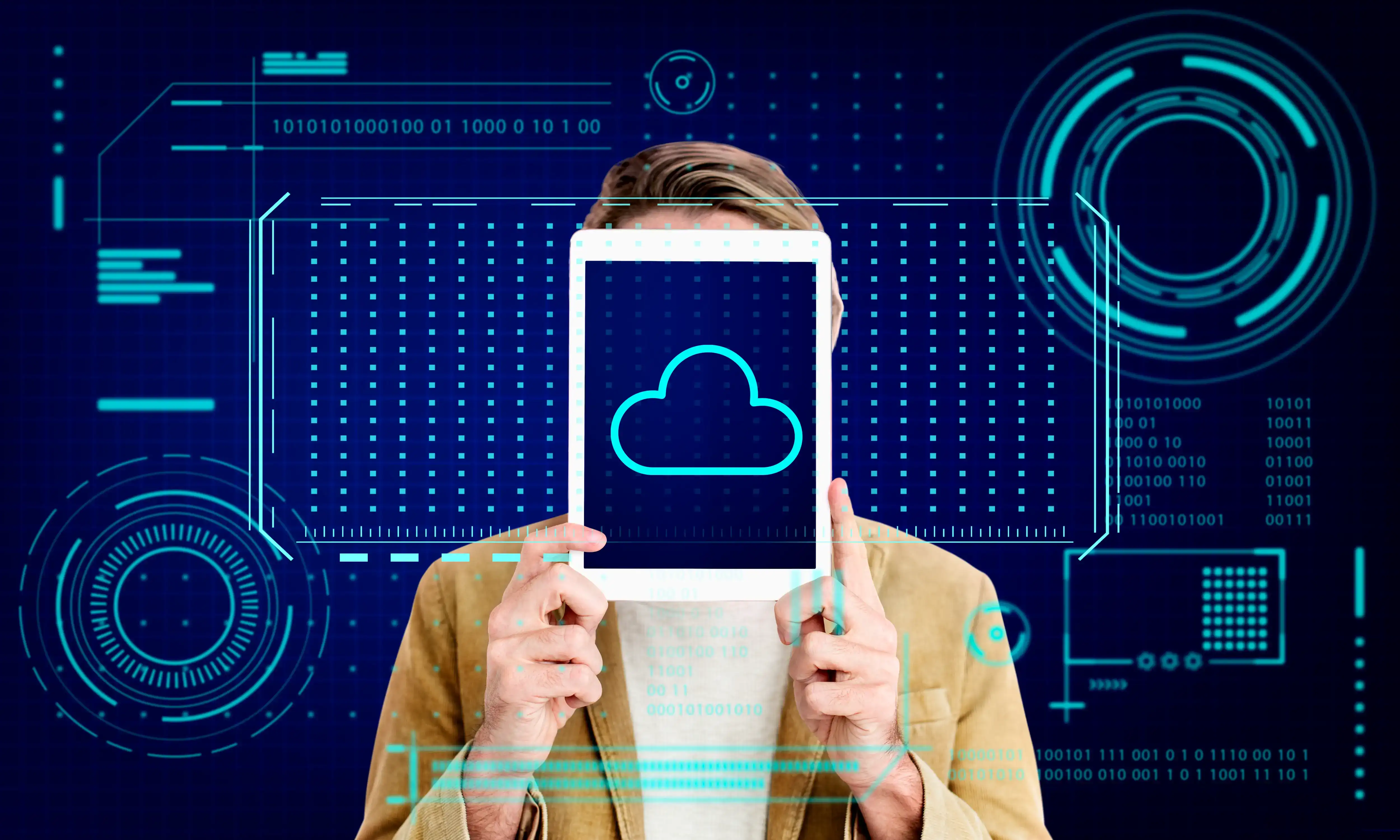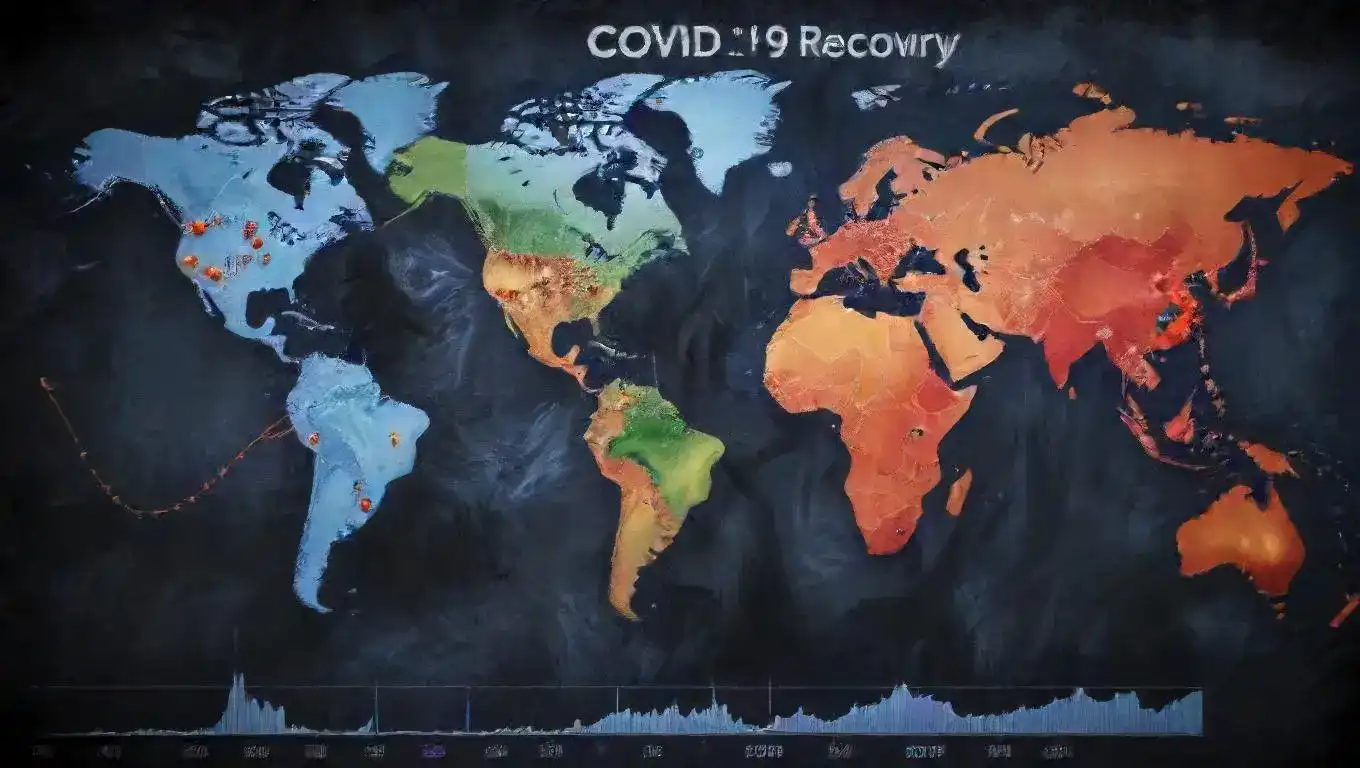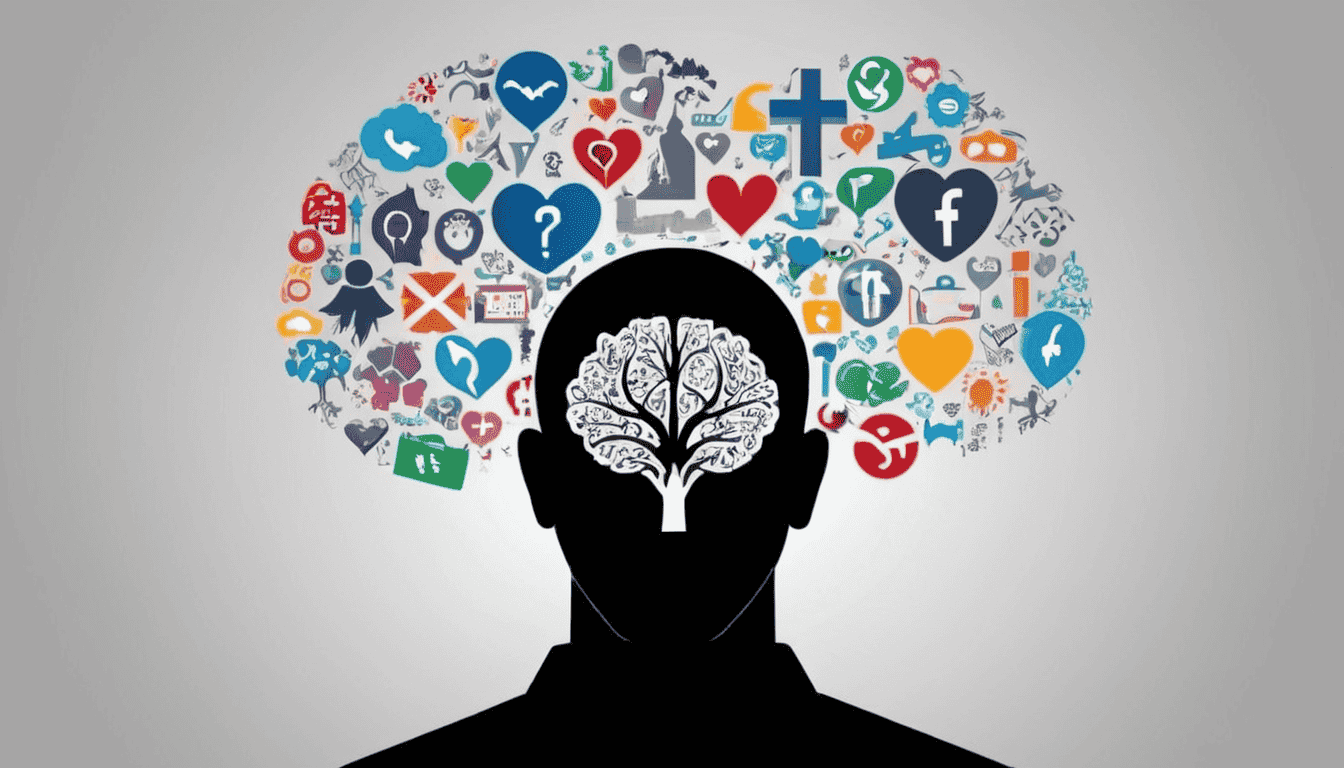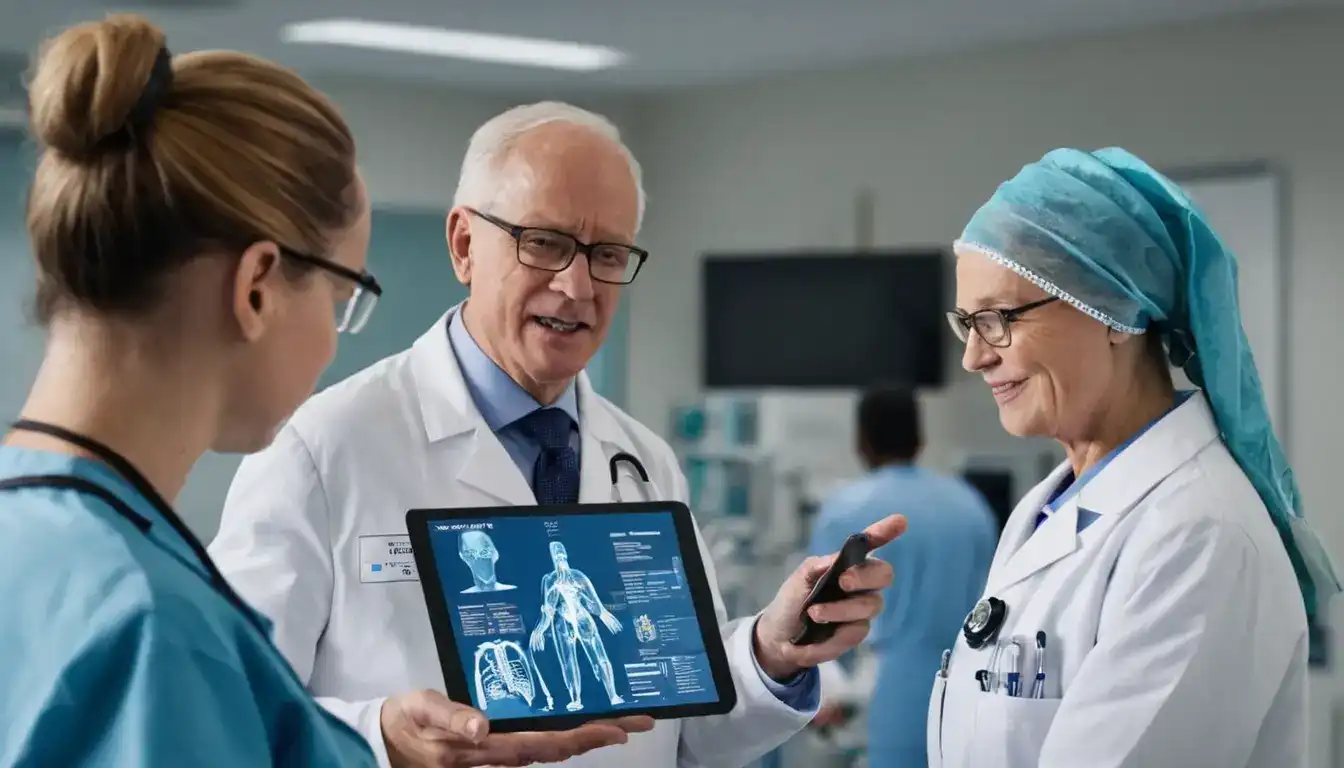Future of Higher Ed: Evolution or Revolution?
Emily Willis

Photo: Future of Higher Ed: Evolution or Revolution?
The Future of Higher Education: Evolution or Revolution?
Higher education stands at a fascinating crossroads. For centuries, the university model has been a cornerstone of society, shaping minds, fostering innovation, and preparing generations for the workforce. But today, with rapid technological advancements, shifting economic landscapes, and evolving societal needs, many are asking: Is higher education on the cusp of an evolution or a full-blown revolution?
This isn't just an academic debate. It impacts students, educators, policymakers, and employers alike. The answer will determine how we learn, what skills we value, and how we prepare for a future that's constantly redefining itself. Let's dive into the powerful forces driving this change and explore what the future of higher education might look like.
The Forces Driving Change in Higher Education
The traditional higher education model, while resilient, is facing unprecedented pressure from several directions. These forces are compelling institutions to rethink everything from curriculum design to delivery methods.
Technological Advancements
Technology is arguably the most significant catalyst for change in higher education. The digital revolution has already transformed many aspects of our lives, and education is no exception.
- Online Learning & EdTech: The pandemic dramatically accelerated the adoption of online learning, proving its viability and scalability. While some students prefer on-site experiences, many recognize the need for flexible learning formats. Platforms offering Massive Open Online Courses (MOOCs), virtual reality experiences, and AI-powered tutors are making quality education more accessible than ever before.
- Personalized Learning Paths: Artificial Intelligence (AI) is emerging as a powerful tool to enhance personalized learning experiences. AI can tailor content to individual student needs, provide instant feedback, and recommend resources, potentially leading to improved academic achievement and increased student retention. This means education can become less of a one-size-fits-all model and more of a customized journey.
- Data Analytics in Education: AI can also help universities streamline administrative tasks like admissions, grading, and scheduling, freeing up educators to focus more on supporting students. Data analysis can offer real-time insights into student performance and institutional operations, aiding in strategic planning and decision-making.
Economic Pressures & Affordability
The escalating cost of a college degree is a major concern for students and families worldwide. This "affordability crisis" is pushing institutions to innovate.
- Rising Tuition Costs: The steady rise in tuition fees and student debt has led many to question the return on investment (ROI) of a traditional degree.
- Demand for ROI: Students and parents increasingly expect a clear path to employment and career readiness after graduation. This puts pressure on universities to align their curricula with market needs and demonstrate tangible career outcomes.
Shifting Workforce Needs
The global job market is evolving at an unprecedented pace, driven by technological advancements and automation. This creates a significant "skills gap."
- Skills Gap: Employers report a critical skills gap in their organizations, with 70% of corporate leaders acknowledging it negatively impacts business performance. Skills sets for jobs have changed by around 25% since 2015, and by 2028, employers estimate that 44% of workers' skills will be disrupted.
- Emphasis on Lifelong Learning: The rapid pace of change means that a single degree is no longer enough for a lifetime career. Lifelong learning and continuous reskilling are becoming essential for professional development. In fact, 73% of adults consider themselves lifelong learners.
- Demand for Practical Skills: There's a growing demand for practical, job-ready skills over purely theoretical knowledge. This has led to an increased focus on skills-based education and experiential learning.
Demographic Shifts & Access
Higher education also needs to address the needs of a more diverse student population, including non-traditional learners, working adults, and those seeking flexible learning options.
- Global Student Population: Institutions are increasingly looking to reach student populations outside traditional markets, including working adults and transfer students.
- Accessibility: Ensuring equitable access to education for all, regardless of background or location, is a crucial challenge. This includes addressing financial barriers and supporting students with diverse learning needs.
Evolutionary Paths: Adapting the Traditional Model
While some predict a radical overhaul, many believe that higher education will primarily evolve, adapting its existing structures to meet new demands. This means making incremental but significant changes to the traditional university model.
Hybrid Learning Models
A prominent evolutionary trend is the widespread adoption of hybrid learning, which blends online and in-person instruction. This model offers greater flexibility and accessibility while retaining the benefits of face-to-face interaction. Many institutions adopted hybrid models during the pandemic, with 87% of US higher education institutions planning this approach in Fall 2020. Hybrid enrollment grew by 44% between 2019 and 2021.
Curriculum Modernization
Universities are updating their curricula to focus on 21st-century skills that are highly valued by employers. This includes critical thinking, creativity, problem-solving, and communication skills. The aim is to make graduates more agile and adaptable in a changing workforce.
Increased Industry Partnerships
Collaborations between academic institutions and industries are becoming more common. These partnerships can take various forms, such as:
- Internships and Co-op Programs: Providing students with real-world experience.
- Applied Research: Universities working with companies on research projects.
- Industry-Led Seminars and Workshops: Bringing industry experts into the classroom.
These collaborations help bridge the gap between academic knowledge and workplace application, enhancing career outcomes for students.
Flexible Credentialing
The rise of micro-credentials is a significant evolutionary step. These are short, focused certifications that validate specific skills or knowledge, often acquired over a shorter period than a traditional degree.
- Stackable Credentials: Micro-credentials can be "stackable," meaning they can count towards a larger certificate or even a full degree, allowing learners to build qualifications incrementally.
- Meeting Workforce Needs: They are gaining traction because they offer agility in acquiring in-demand skills, addressing the rapidly changing needs of the job market. A 2022 Coursera survey found that 90% of students believe earning a Professional Certificate will help them stand out to employers. Over half of higher education leaders already offer micro-credentials for academic credit, and 82% plan to do so within the next five years.
Revolutionary Disruptions: New Paradigms Emerging
While evolution describes adaptation, some changes are so fundamental that they might be considered revolutionary, ushering in entirely new ways of thinking about education.
The Rise of Alternative Education Providers
Beyond traditional universities, a diverse ecosystem of alternative education providers is growing. These include:
- Bootcamps: Intensive, short-term programs focused on specific, in-demand skills (e.g., coding bootcamps).
- Online Platforms: Companies offering a wide range of courses and certifications, often at a lower cost than traditional degrees.
- Corporate Universities: Companies developing their own internal training and credentialing programs to upskill their workforce.
- Apprenticeship Providers: Offering hands-on training combined with work experience.
These providers often offer shorter credential pathways, lower costs, and greater flexibility, making them attractive to learners seeking specific workforce-relevant programs. The number of undergraduate course starts at alternative providers experienced significant growth between 2017/18 and 2021/22.
Competency-Based Education (CBE)
CBE is a revolutionary shift in how learning is measured. Instead of focusing on credit hours or time spent in a classroom, CBE emphasizes demonstrating mastery of specific skills and knowledge.
- Mastery-Based Learning: Students progress at their own pace, moving on only when they've proven proficiency in a particular competency.
- Real-World Application: CBE often involves project-based learning, skill demonstrations, and simulation exercises that directly apply to real-world scenarios. This approach can help address the skills gap by ensuring graduates possess the practical abilities employers need.
AI as a Core Learning Partner
While AI can enhance existing learning, its full potential could be revolutionary. Imagine AI not just as a tutor, but as a dynamic partner in curriculum design, assessment, and even career guidance.
- Adaptive Learning Platforms: AI can create truly adaptive learning environments that respond in real-time to student progress, identifying areas for improvement and providing targeted resources.
- AI for Content Creation: AI can assist in generating innovative teaching materials, simulations, and virtual labs, revolutionizing how educational content is developed.
- Ethical Considerations: The integration of AI also brings challenges, including ethical considerations, data security, and the need for proper staff training.
Navigating the Future: What This Means for You
Whether higher education experiences
Latest ✨
View AllRevolutionize your learning! Data analytics is the future of education, enabling personalized paths & unlocking individual potential.
Emily Willis
Cloud computing is essential for modern businesses, offering cost savings, scalability, and improved collaboration. Implementing cloud computing requires careful planning to ensure safety and efficiency. Tips for safe and efficient implementation include conducting a needs assessment, choosing the right cloud service model, prioritizing security, planning for data migration, optimizing costs, training your team, implementing backup and recovery solutions, monitoring performance, planning for scalability, and staying updated with industry trends.
Emily Willis
effective leadership in a constantly changing world and explores the traits and habits of inspiring leaders, both historical and contemporary. It highlights the key lessons from leaders such as Nelson Mandela, Martin Luther King Jr., Jacinda Ardern, Elon Musk, and Malala Yousafzai.
Emily Willis
Customer feedback is a goldmine for business growth. Learn how leveraging insights enhances products, builds loyalty, and keeps you competitive.
Emily Willis
Business
View All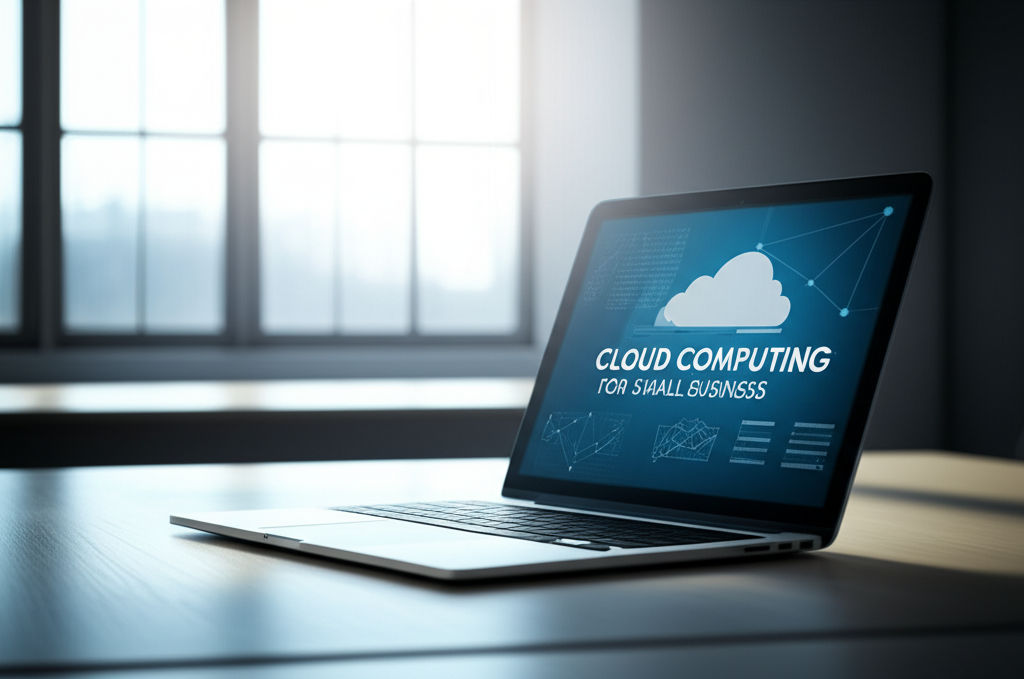
June 9, 2025
Cloud Computing for Small BusinessUnlock growth & efficiency! Discover how cloud computing empowers small businesses with cost savings & agility in the digital age.
Emily Willis
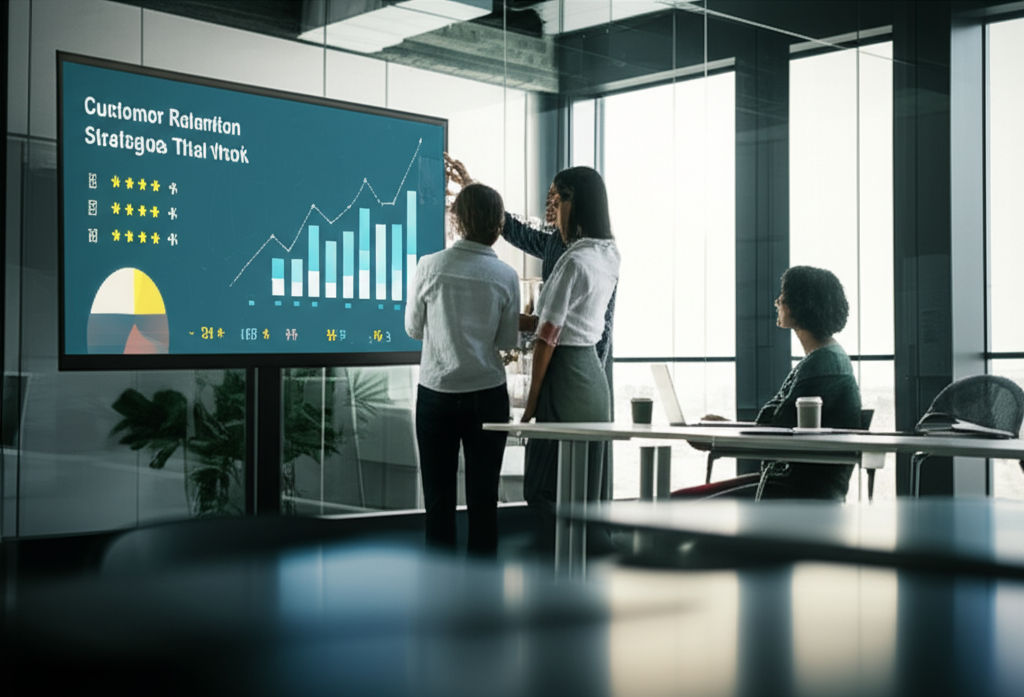
June 9, 2025
Customer Retention Strategies That WorkUnlock lasting success! Learn proven customer retention strategies to build loyalty, reduce churn, and boost your business growth.
Emily Willis

June 8, 2025
Strategic Planning for Long-Term WinsChart your course to enduring success! This article demystifies strategic planning, offering an actionable framework for long-term wins and sustainable growth.
Emily Willis
Economy
View AllBoost your business profits! Discover actionable strategies to maximize revenue and efficiently manage costs for sustainable growth.
Read MoreUnpack the 17 Sustainable Development Goals (SDGs): a global blueprint addressing poverty, climate change, and inequality for a sustainable future.
Read MoreThe COVID-19 pandemic has had a significant impact on the global economy, leading to market turmoil, disrupted supply chains, and widespread business closures. As countries slowly recover, there are questions about the future of the global economy. While there are signs of recovery, challenges such as rising inflation, uneven global recovery, labor market disruptions, and supply chain bottlenecks remain. To ensure a sustainable recovery, policymakers must continue to support vulnerable sectors, invest in education and reskilling, strengthen healthcare systems, promote supply chain resilience, address inequalities, and prioritize sustainability.
Read MoreEntertainment
View All
August 4, 2024
The Latest Music Trends, Artists Influencing Pop Culture, and How Digital Platforms Facilitate the Distribution of Music GloballyThe music industry is constantly changing due to consumer preferences, technology, and the influence of artists. Digital platforms have revolutionized music creation, distribution, and consumption, leading to genre fusion, the rise of independent artists, and collaborative projects. Influential artists like Billie Eilish, BTS, and Taylor Swift have shaped pop culture globally. Streaming services, social media, and direct-to-fan engagement have transformed music distribution. Digital platforms also promote cultural diversity and inclusivity, expand markets and revenue, and drive technological advancements. The industry is also focusing on sustainability and ethical practices. To succeed in the future, stakeholders must embrace digital transformation and champion inclusivity.
Emily Willis
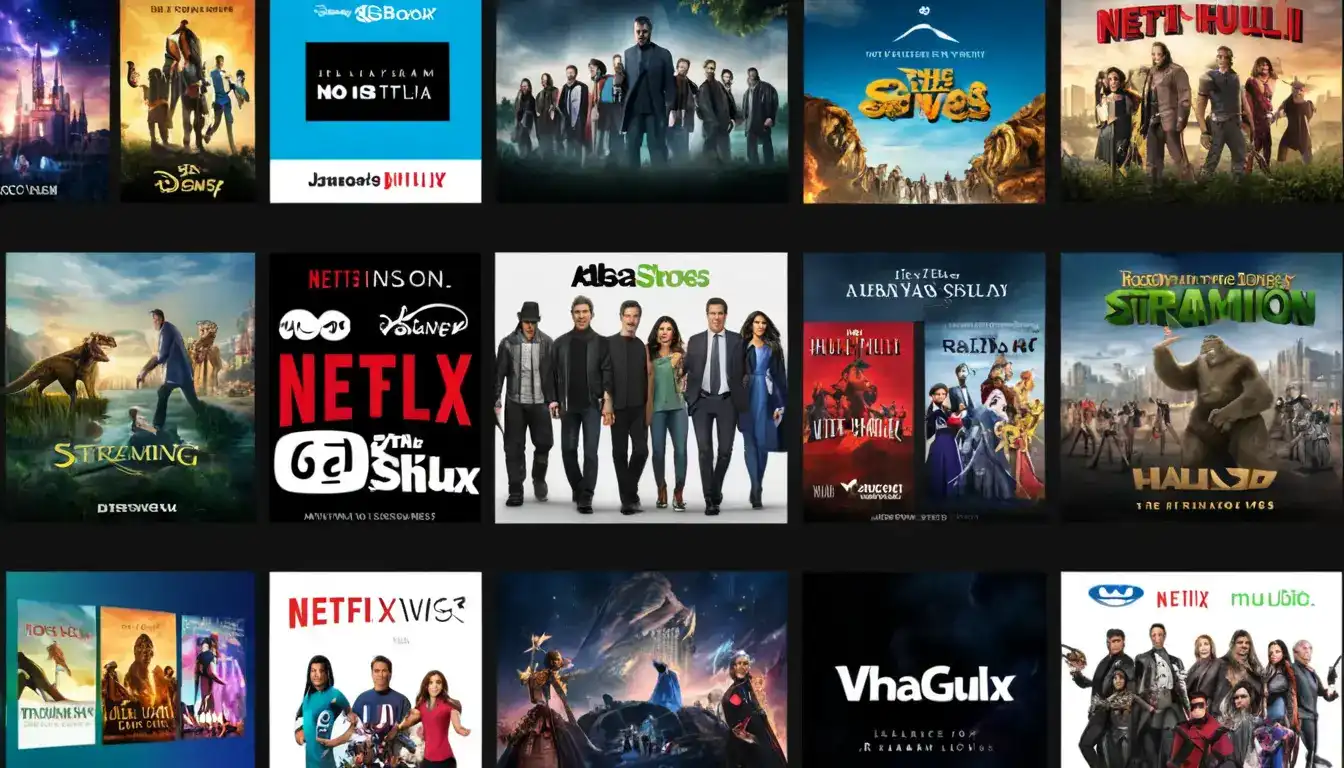
August 4, 2024
The Evolution of Streaming Services Such as Netflix, Disney+, Hulu, and the Implications for the Traditional Entertainment IndustryThe rise of streaming services has revolutionized the entertainment industry, offering on-demand access to a vast library of content through internet-connected devices. Platforms like Netflix, Disney+, and Hulu have diversified their content libraries, reshaped consumer behavior, and challenged traditional distribution models. Technological advancements have enhanced streaming experiences, while economic and cultural implications have led to global market expansion and increased investment in original content production. The future of the streaming industry will be shaped by competition, convergence of media and technology, and the need for adaptation to changing consumer preferences. Embracing digital transformation and strategic partnerships will be crucial for stakeholders in navigating the evolving landscape of modern entertainment.
Emily Willis

August 5, 2024
Entertainment in Society: Social Impact, Cultural Influence, Economic ContributionsEntertainment is more than just a way to pass the time it has a significant impact on society, culture, and the economy. It promotes empathy, sparks conversations, and drives social change. It reflects and shapes cultural trends, while also preserving traditions. The entertainment industry generates jobs, contributes to economic growth, and drives technological innovation.
Emily Willis
Health
View Allsignificance of mental health awareness in today's fast-paced world. It discusses the importance of understanding mental health, breaking down stigma, and promoting positive mental health practices.
Emily Willis
Regular physical activity is crucial for maintaining long-term health and well-being. It has numerous benefits, including improving cardiovascular health, aiding in weight management, enhancing mental health, strengthening bones, boosting immune function, and promoting longevity.
Emily Willis
The healthcare landscape is being transformed by technological advancements, with telehealth and remote care providing convenient access to healthcare services. Artificial intelligence is revolutionizing diagnostics, personalized medicine, and drug discovery. Wearable technology is empowering patients to take control of their health.
Emily Willis
Trending 🔥
View All
1
2
3
4
6
7
8
9
10
Lifestyle



Sports
View AllAugust 5, 2024
Inclusive Playing Field: Creating a Welcoming and Accessible Sports Environment
Read MoreTechnology
View All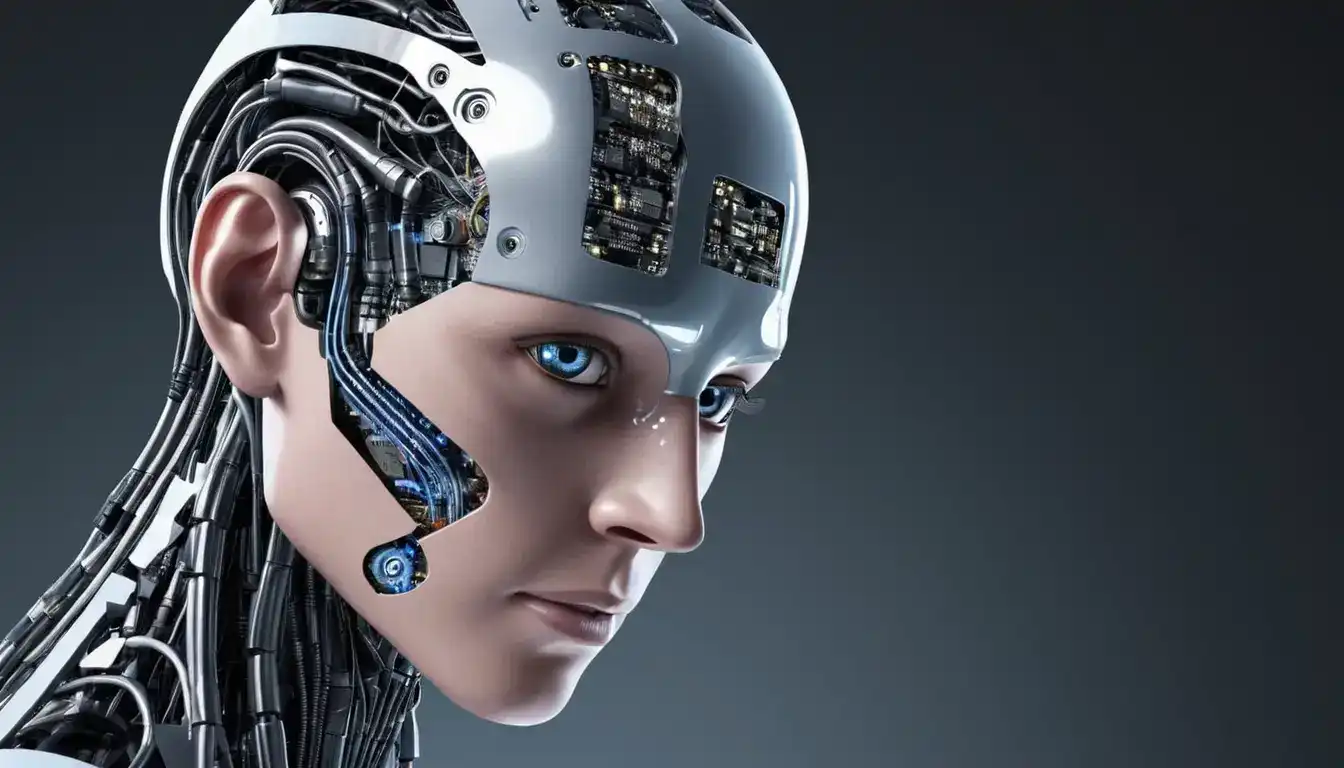
August 4, 2024
The Future of Artificial Intelligence: Opportunities and Challenges
opportunities and challenges presented by Artificial Intelligence (AI) in various sectors such as efficiency, customer experiences, healthcare, education, and economic growth. It highlights the need to address ethical considerations, job displacement, privacy issues, security risks, and regulatory challenges associated with AI.

August 5, 2024
Best AR Apps for Interior Design
Discover the top AR apps for interior design and transform your space with ease! From furniture placement to paint colors, these innovative tools will revolutionize the way you decorate, making your home design dreams a reality

August 5, 2024
Types of Cloud Computing Services Available
Cloud computing has become essential for modern businesses, offering services that streamline processes, reduce costs, and increase flexibility. Understanding the types of cloud computing services available, such as Infrastructure as a Service (IaaS), Platform as a Service (PaaS), and Software as a Service (SaaS), can help businesses make informed decisions.

August 5, 2024
Best AR Translation Apps Tested
Uncover the best AR translation apps on the market through our in-depth testing and reviews. From seamless voice conversations to real-world text translation, these apps will revolutionize the way you communicate across languages.

